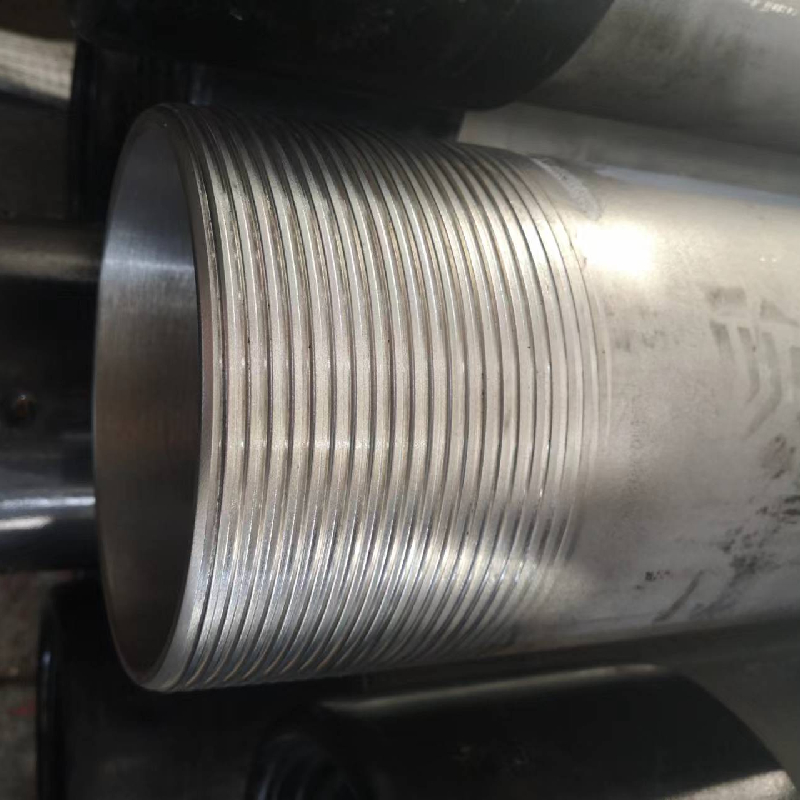- Afrikaans
- Albanian
- Amharic
- Arabic
- Armenian
- Azerbaijani
- Basque
- Belarusian
- Bengali
- Bosnian
- Bulgarian
- Catalan
- Cebuano
- Corsican
- Croatian
- Czech
- Danish
- Dutch
- English
- Esperanto
- Estonian
- Finnish
- French
- Frisian
- Galician
- Georgian
- German
- Greek
- Gujarati
- Haitian Creole
- hausa
- hawaiian
- Hebrew
- Hindi
- Miao
- Hungarian
- Icelandic
- igbo
- Indonesian
- irish
- Italian
- Japanese
- Javanese
- Kannada
- kazakh
- Khmer
- Rwandese
- Korean
- Kurdish
- Kyrgyz
- Lao
- Latin
- Latvian
- Lithuanian
- Luxembourgish
- Macedonian
- Malgashi
- Malay
- Malayalam
- Maltese
- Maori
- Marathi
- Mongolian
- Myanmar
- Nepali
- Norwegian
- Norwegian
- Occitan
- Pashto
- Persian
- Polish
- Portuguese
- Punjabi
- Romanian
- Russian
- Samoan
- Scottish Gaelic
- Serbian
- Sesotho
- Shona
- Sindhi
- Sinhala
- Slovak
- Slovenian
- Somali
- Spanish
- Sundanese
- Swahili
- Swedish
- Tagalog
- Tajik
- Tamil
- Tatar
- Telugu
- Thai
- Turkish
- Turkmen
- Ukrainian
- Urdu
- Uighur
- Uzbek
- Vietnamese
- Welsh
- Bantu
- Yiddish
- Yoruba
- Zulu
pup joint drilling
Understanding Pup Joint Drilling A Technical Overview
Pup joint drilling is an essential component in the realm of oil and gas extraction, playing a pivotal role in ensuring that the drilling process is efficient and effective. In the drilling industry, pup joints refer to short sections of pipe that are used to connect various segments of drill pipe or casing. Often measured in lengths of 2 to 6 feet, these joints allow drillers to fine-tune the overall length of the drill string, providing the flexibility needed for different drilling circumstances.
The Importance of Pup Joints
In any drilling operation, the objective is to reach the target depth safely while optimizing resource usage and minimizing costs. Here, pup joints become invaluable. Their short length means that they can easily be added or removed, allowing for quick adjustments in the drill string's overall length. This adaptability is particularly important in scenarios where precise measurements are crucial to avoid well control issues, which can lead to dangerous and expensive problems.
Moreover, pup joints are vital when dealing with specific geological conditions that require alterations in pressure or temperature within the wellbore. When drilling through porous rock, for example, the influx of fluids can significantly change the conditions of the well. Pup joints allow drilling teams to modify the drill string without needing to pull the entire assembly out of the hole. This is particularly useful when switching between different drilling techniques or when conducting maintenance operations.
Types of Pup Joints
Pup joints come in various designs and materials, tailored to meet the demands of specific drilling scenarios
. The most common types include1. Standard Pup Joints These are typically made from steel or alloys and come in various sizes and wall thicknesses. They are designed to withstand the high pressures and stresses encountered during drilling operations.
pup joint drilling

2. Plastic and Composite Pup Joints These are less common but are used in more specialized drilling operations, particularly in environments where corrosion is a concern. They offer a lighter alternative while maintaining strength.
3. Threaded and Socket Pup Joints The connection type is also important. Some pup joints are designed with threaded ends for a secure fit, while others might utilize socket connections for quicker assembly and disassembly.
Installation and Usage
The process of incorporating pup joints into a drilling operation is relatively straightforward, but it requires careful handling to ensure that they are properly connected. When adding a pup joint, the driller must ensure that the threads are clean and lubricated to prevent any cross-threading or damage. Once connected, the joint must be torqued to the required specifications, ensuring a secure fit that can handle the high stresses of the drilling operation.
The effectiveness of pup joints is often evaluated in terms of their performance under pressure, temperature, and mechanical stress. Continuous monitoring and maintenance are essential to prevent failures, which can lead to costly delays and safety hazards.
Challenges and Considerations
While pup joints offer many advantages, there are also challenges associated with their use. The primary concern is the potential for failure due to improper handling or installation, which can lead to significant safety risks. Additionally, depending on the well environment, the materials used for pup joints may be subjected to corrosion or wear, necessitating regular inspections and replacements.
In conclusion, pup joint drilling is a critical aspect of modern drilling operations, providing the flexibility and precision necessary to navigate the complexities of subsurface geology. As the oil and gas industry continues to evolve, the technologies and materials used in pup joint production are also advancing, promising improvements in efficiency and safety. Understanding the role of pup joints helps drilling engineers make informed decisions that enhance the effectiveness of their operations while ensuring the safety of their teams.
-
Tubing Pup Joints: Essential Components for Oil and Gas OperationsNewsJul.10,2025
-
Pup Joints: Essential Components for Reliable Drilling OperationsNewsJul.10,2025
-
Pipe Couplings: Connecting Your World EfficientlyNewsJul.10,2025
-
Mastering Oilfield Operations with Quality Tubing and CasingNewsJul.10,2025
-
High-Quality Casing Couplings for Every NeedNewsJul.10,2025
-
Boost Your Drilling Efficiency with Premium Crossover Tools & Seating NipplesNewsJul.10,2025







